If you’re elderly and already sick, you are watching developments in the progress of the pandemic very closely. That’s because your chances of dying if you contract COVID-19 are far higher than for someone a few years younger and in good health.
And for many people, that’s just fine.
There are no reliable abortion statistics because the nation’s largest abortion provider, Planned Parenthood, doesn’t feel the need to report this politically damaging figure. But in 2017, there were more than 600,00 abortions reported to the CDC. Is it any wonder that some people are willing to toss the elderly in the same scrap heap as aborted babies?
A society that’s so callous as to allow the mass slaughter of children thinks nothing of leaving old people to die during a pandemic. That “slippery slope” that churchmen and philosophers have been warning about since 1973 is now beyond stopping and where it will end no one knows.
WHO figures from last week show that almost 88% of all deaths in Europe were among people aged 65 and over. And almost half of all deaths linked to Covid-19 globally have taken place in care homes, according to the Long-Term Care Covid (LTCcovid) network at the London School of Economics.
But despite vast numbers of elderly people dying of coronavirus — and a significant drop in the quality of life of many of those forced to self-isolate — the global response to the risks they face in the era of Covid-19 has often been chilling.
Even some politicians have gotten on the “let nature take its course” bandwagon.
Tony Abbott, the former Prime Minister of Australia, suggested in a speech in the UK on Tuesday that some elderly coronavirus patients could be left to die naturally.
“In this climate of fear, it was hard for governments to ask: ‘How much is a life worth?’ Because every life is precious, and every death is sad; but that’s never stopped families sometimes electing to make elderly relatives as comfortable as possible while nature takes its course,” he told the Policy Exchange think tank in London.
The whole point of being human is to fight to stay alive and to have the whole human race behind you in this fight. But that’s not happening, says the WHO.
Earlier this week, World Health Organization (WHO) Director-General Tedros Adhanom Ghebreyesus said he had heard people describing high Covid-19 death rates among older people as “fine.”
“No, when the elderly are dying it’s not fine. It’s a moral bankruptcy,” he told a news conference. “Every life, whether it’s young or old, is precious and we have to do everything to save it.”
We have been warehousing old people for decades. The level of care for the elderly varies wildly from neglect and abuse to care and concern.
Of course, it depends on the size of your bankroll. But even then, your chances of survival in any kind of long-term care facility is a global scandal.
So, is it really a question of asking how much an older person’s life is worth? I asked that question last year after my heart attacks.
So the bills for my illness and hospital stay in April-May have all been totaled up and the amount of money Medicare spent to keep me alive turns out to have been a staggering $488,665 dollars. That includes 13 days in a hospital – most of that in the cardiac ICU, 3 heart surgeries, 4 resuscitations, dozens of tests, several gallons of drugs, doctors, doctors doctors, an army of nurses and techs (angels, really), ambulance, helicopter transit to St. Elizabeth from Streator to Peoria, EMT’s, and all the various paraphernalia associated with the very best that modern medicine has to offer.
Am I really worth all that?
In 10 or 15 years, after national health care has had its way with us, I can guarantee that the government will not shell out a half-million dollars to keep little old me alive. Any cost-benefit analysis of spending huge resources for anyone over 60 would tell you it isn’t worth it.
But if that’s what we’re to be reduced to by then, it won’t be much of a country to live in anyway.


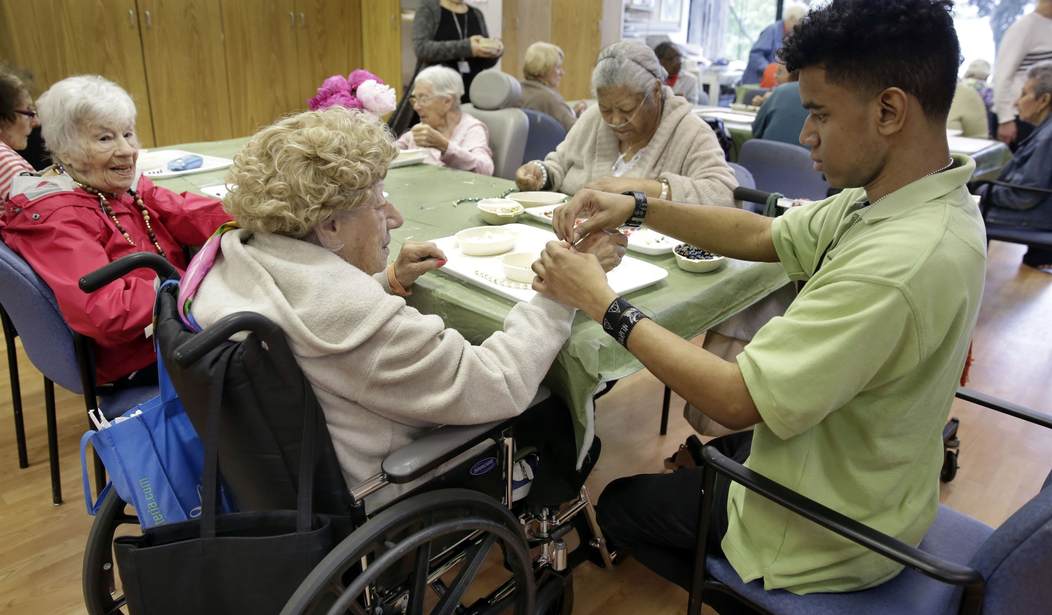

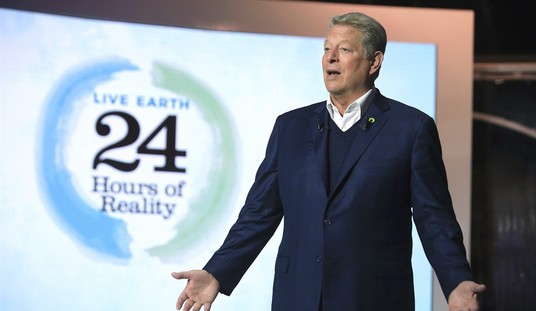
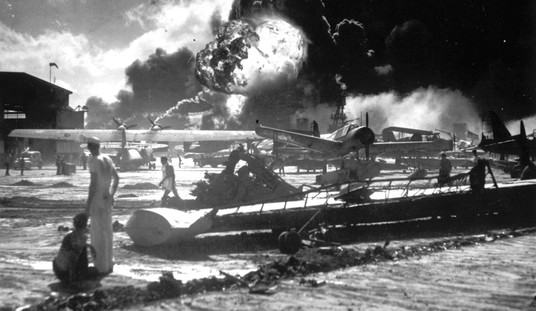

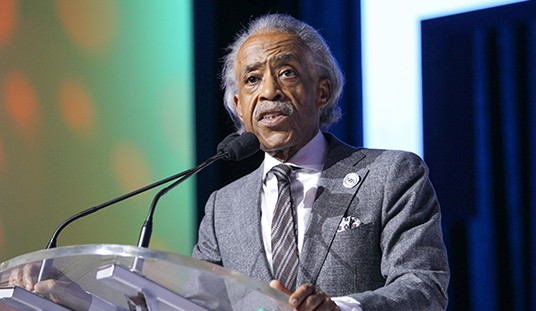

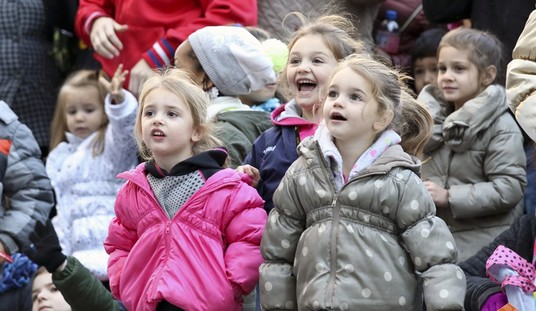
Join the conversation as a VIP Member